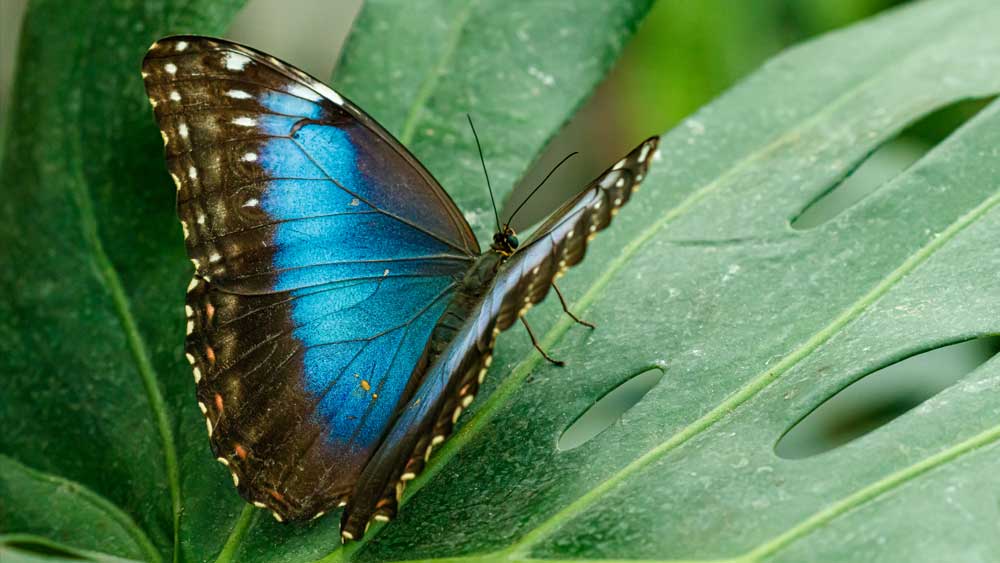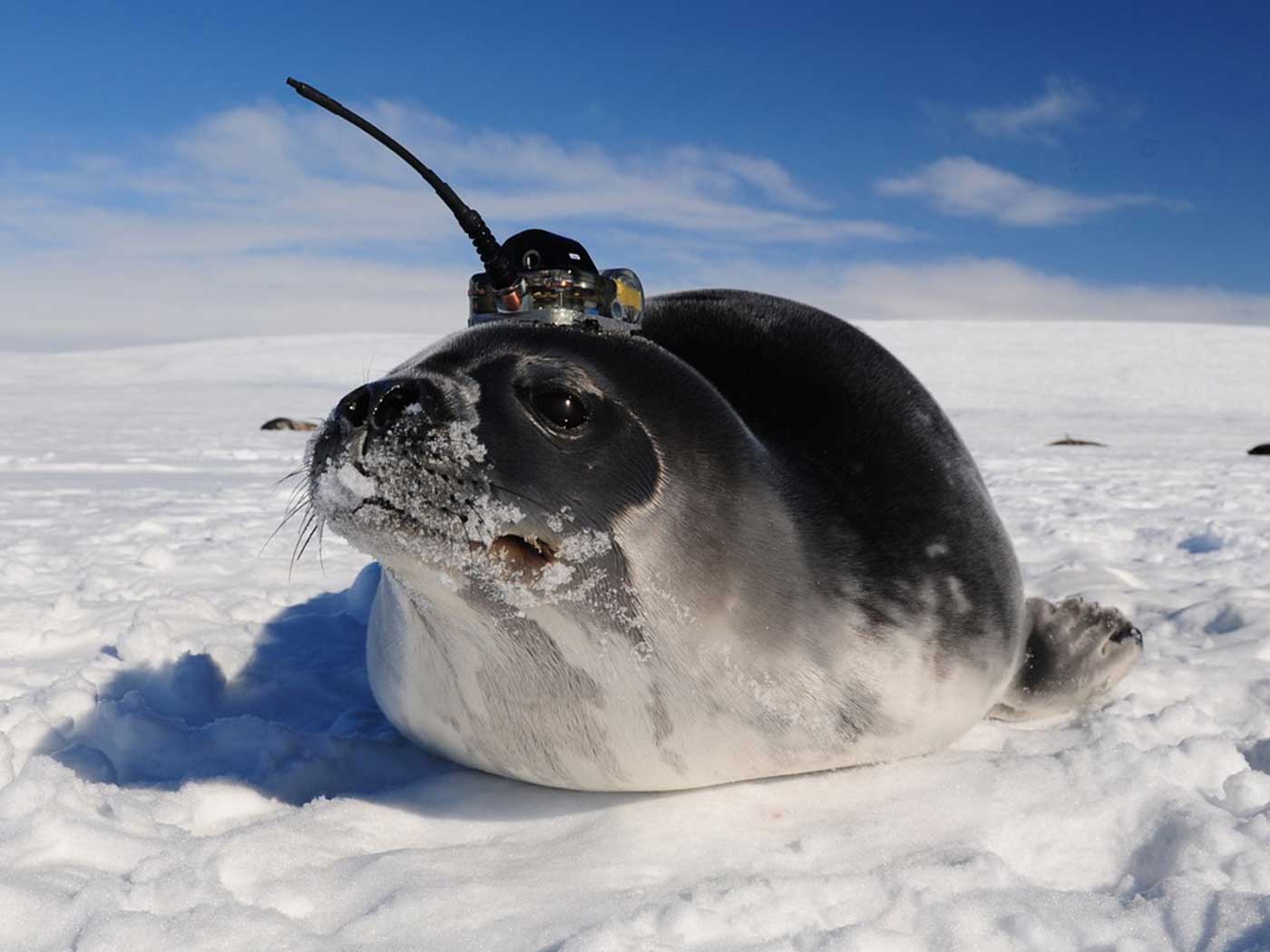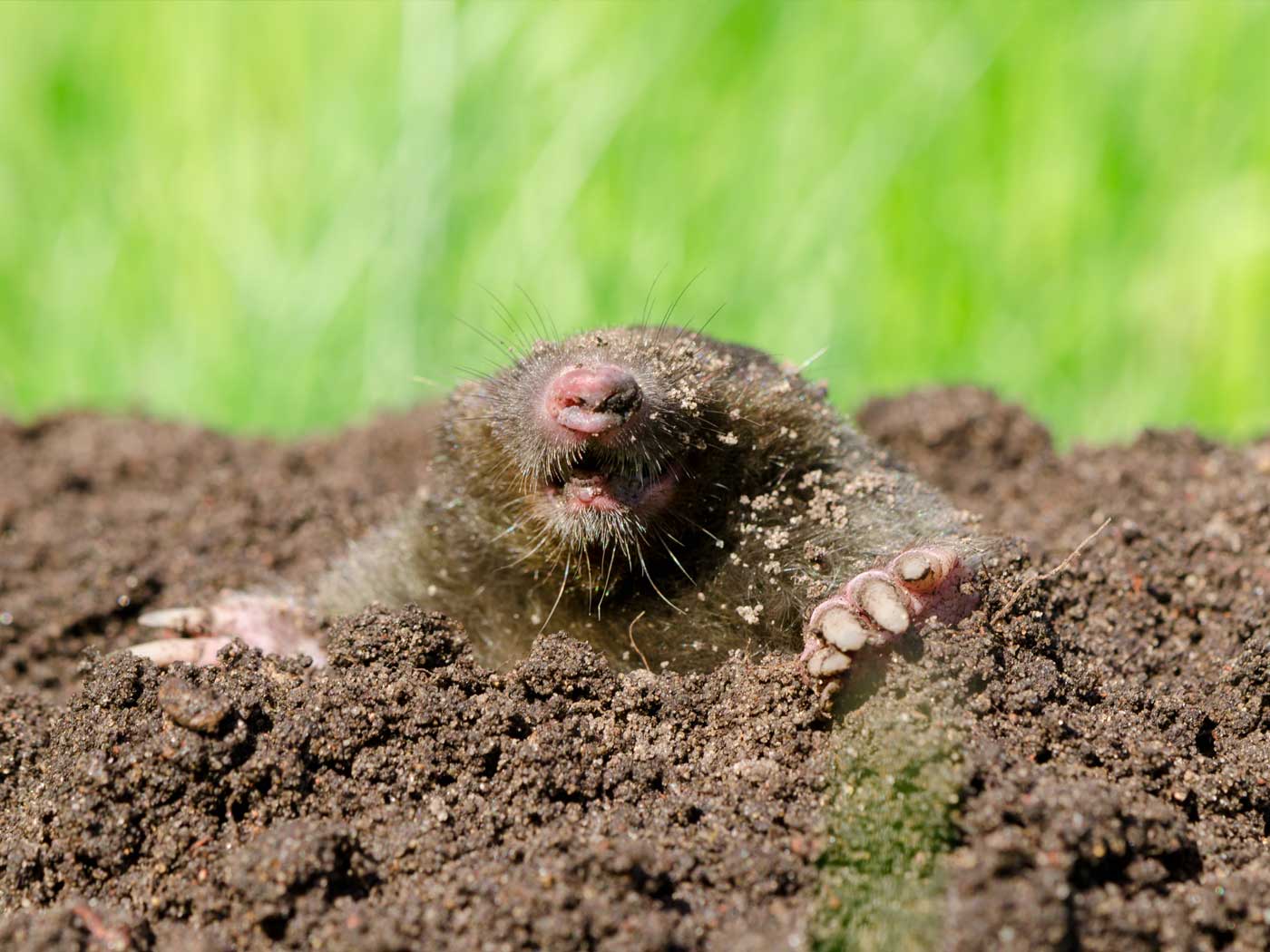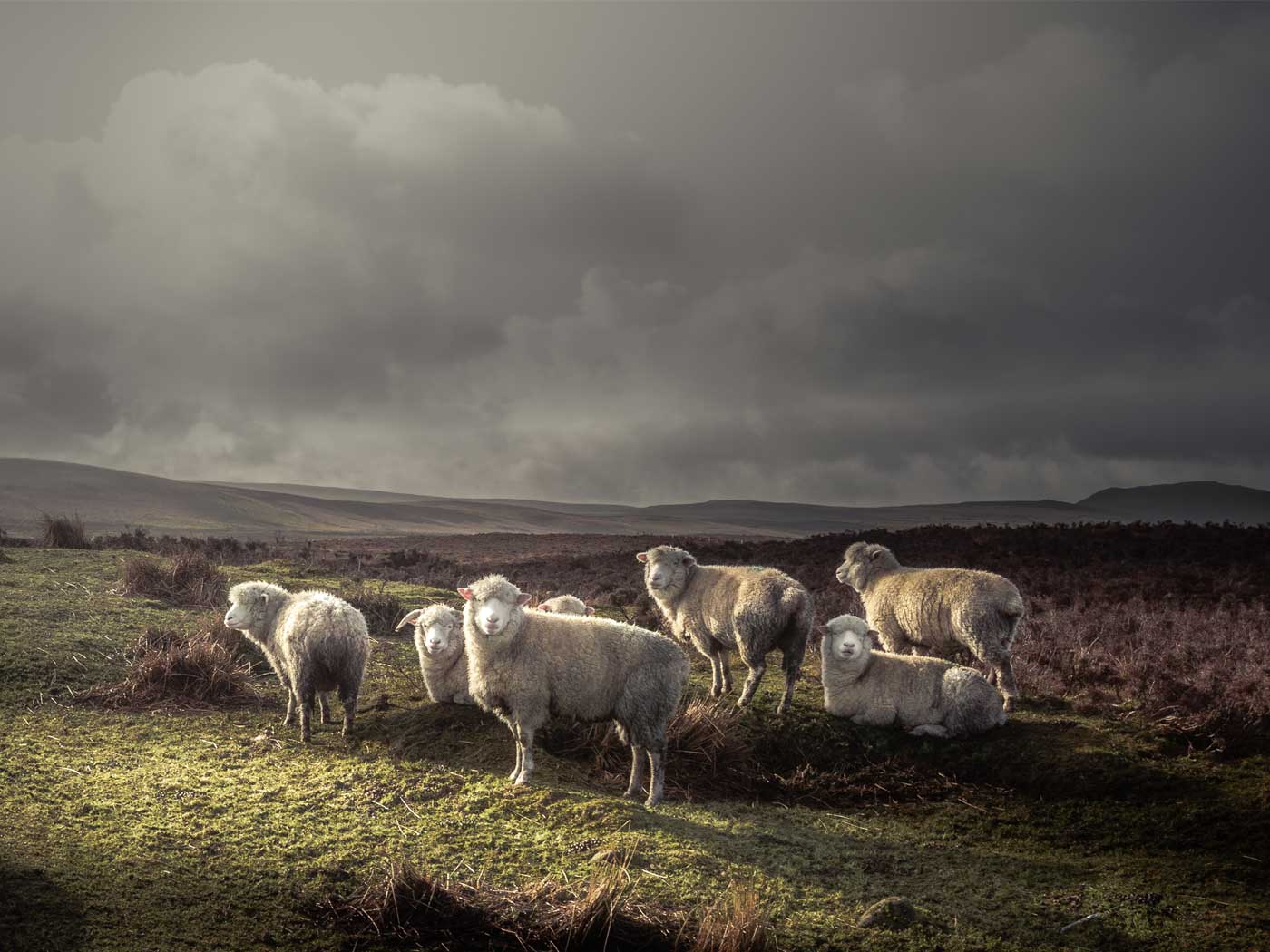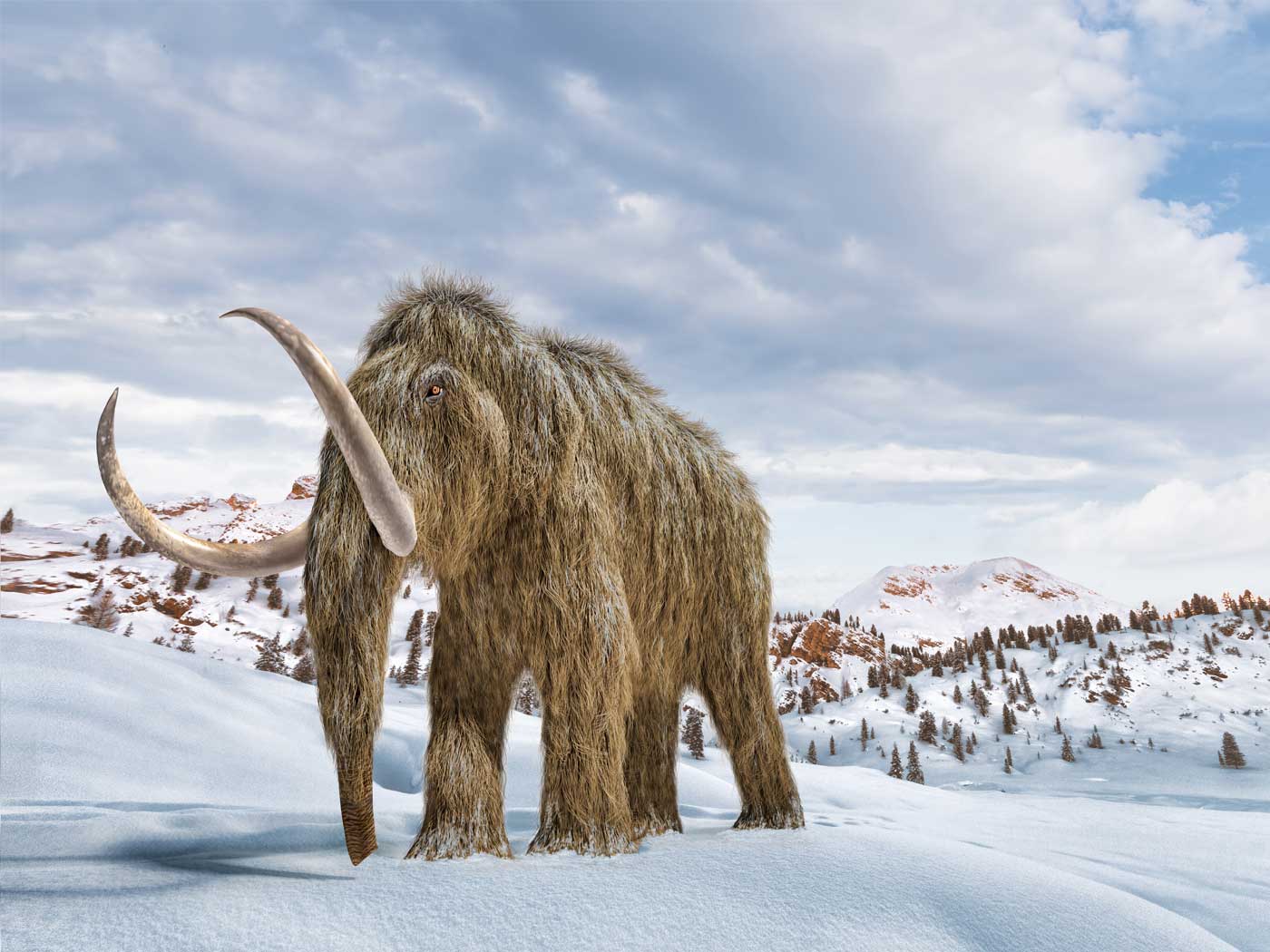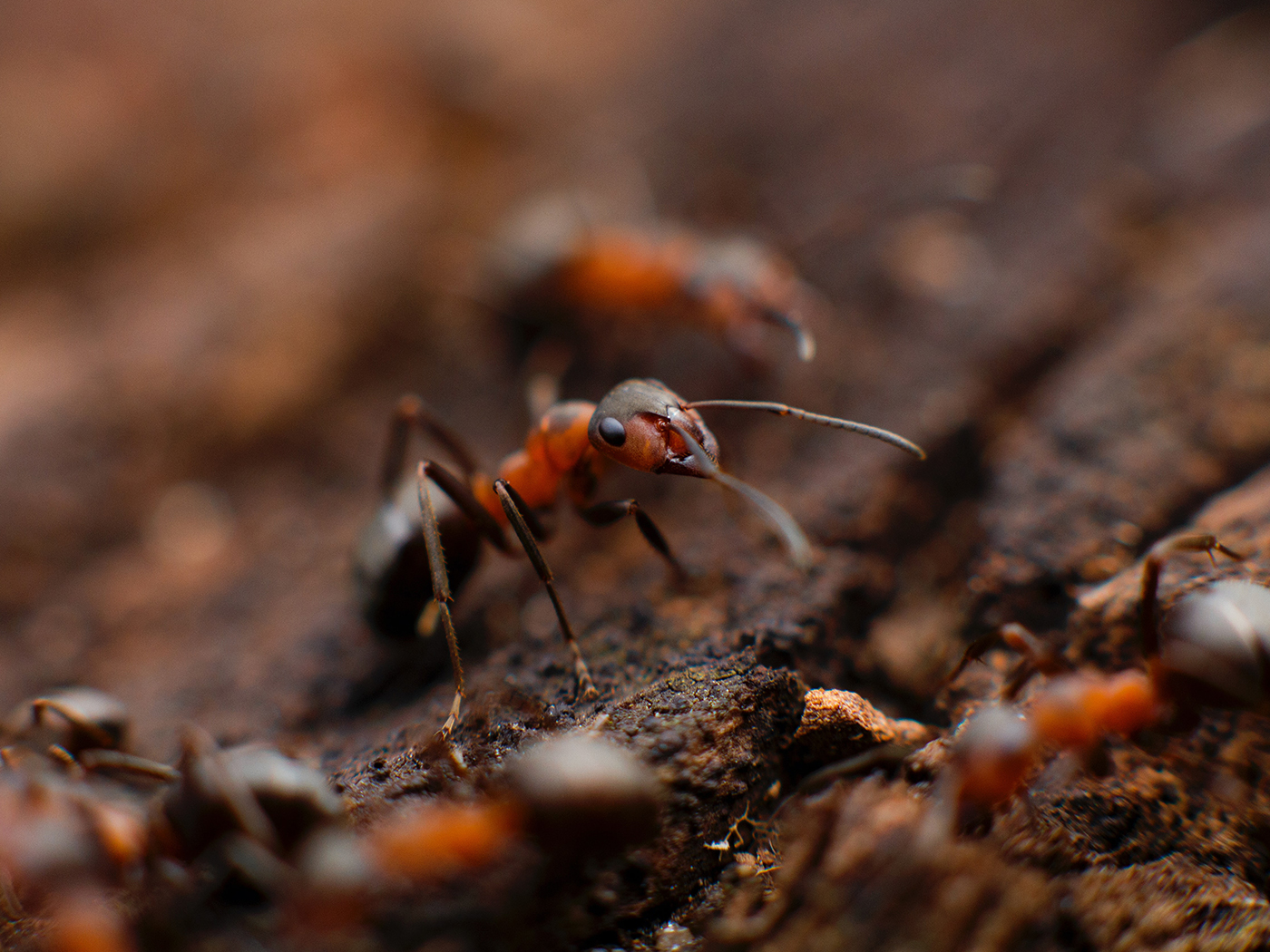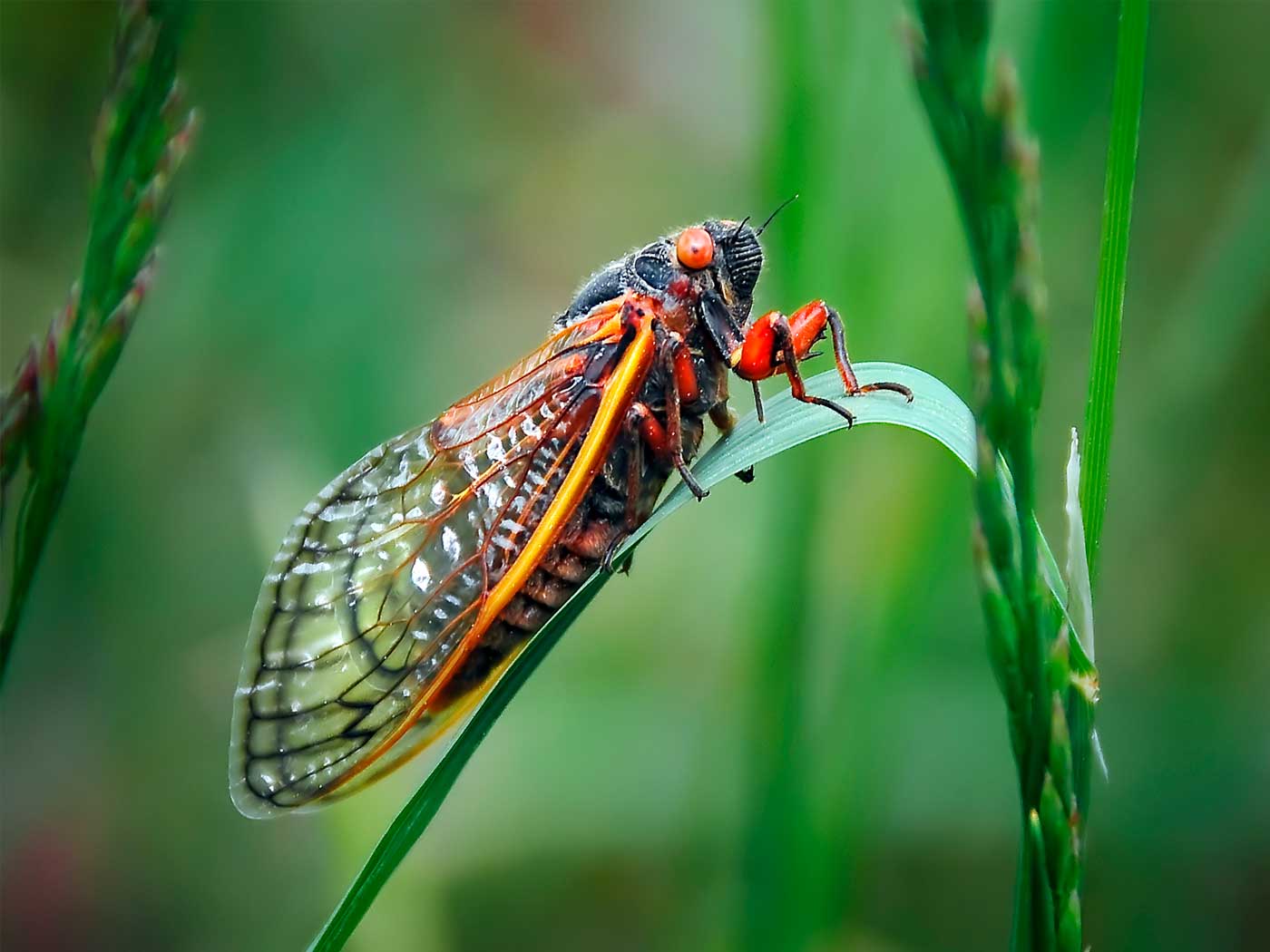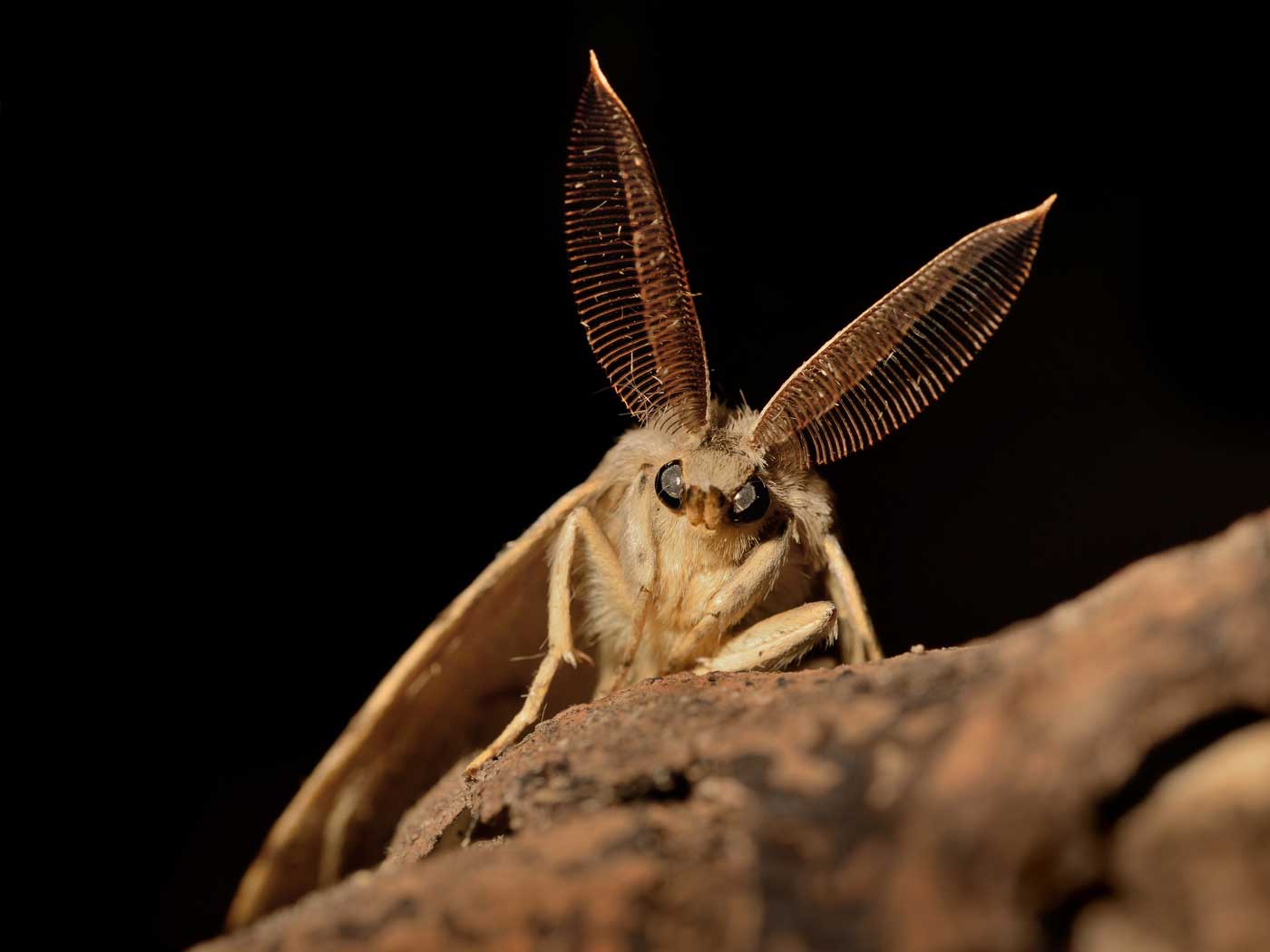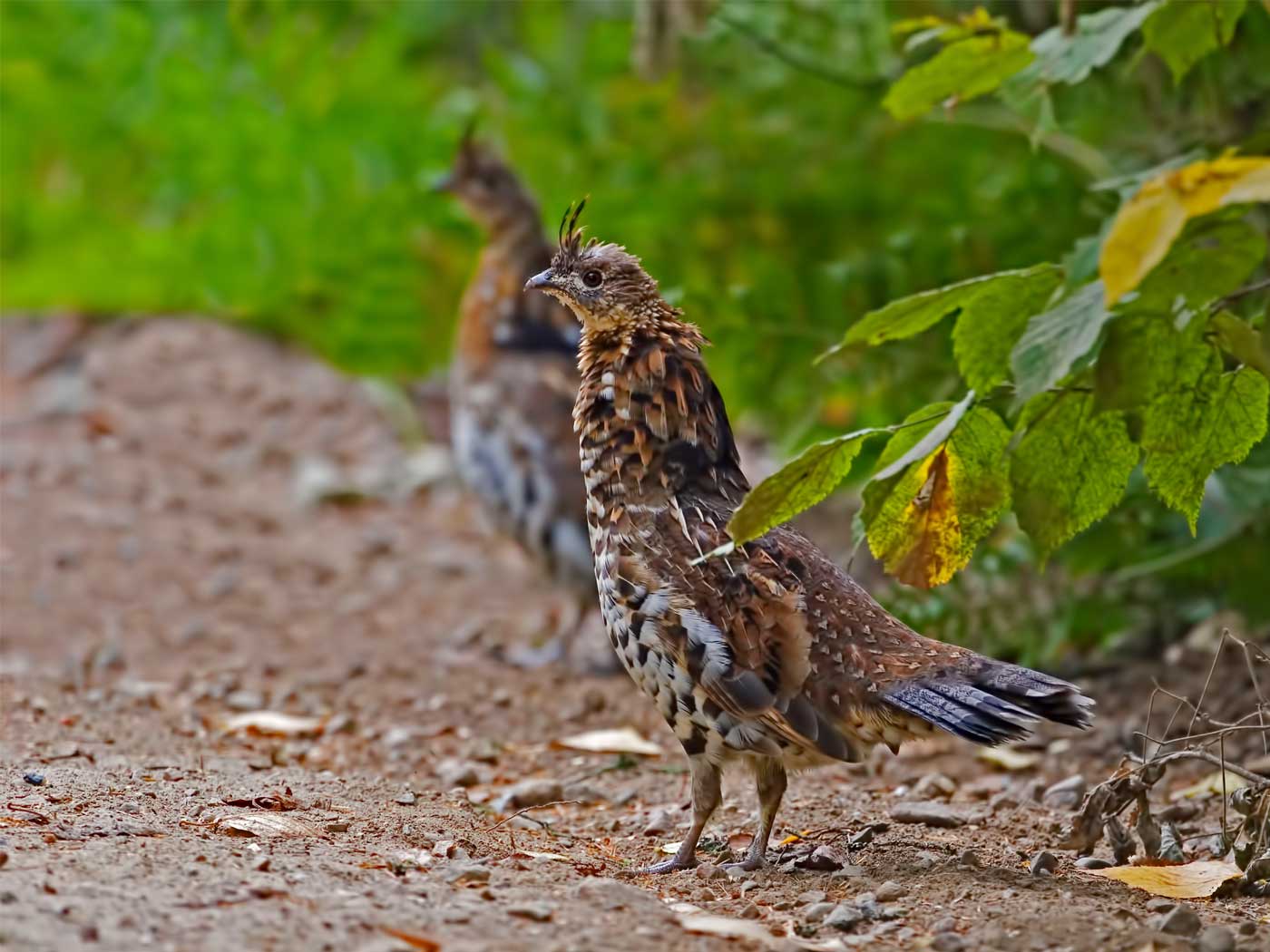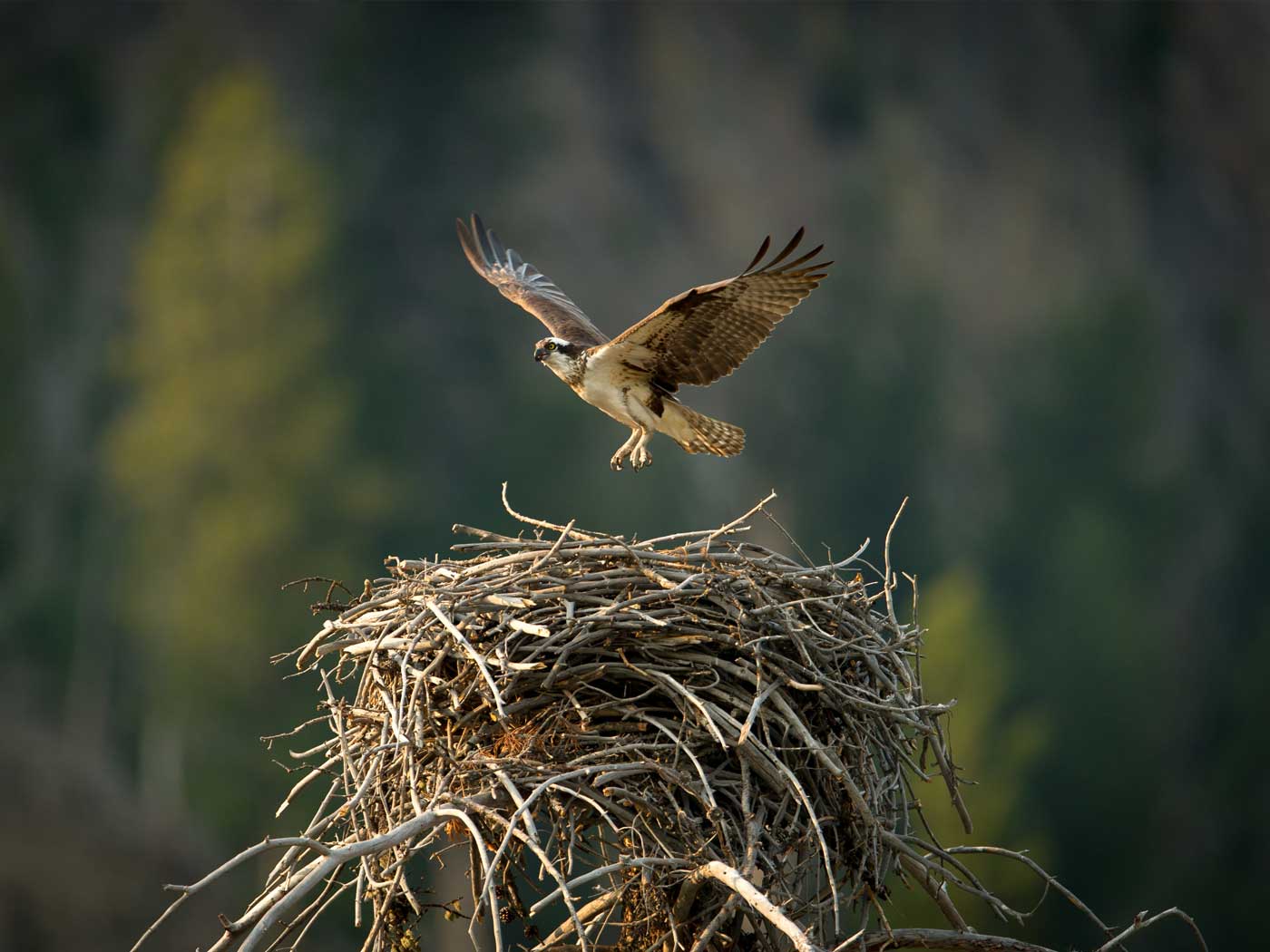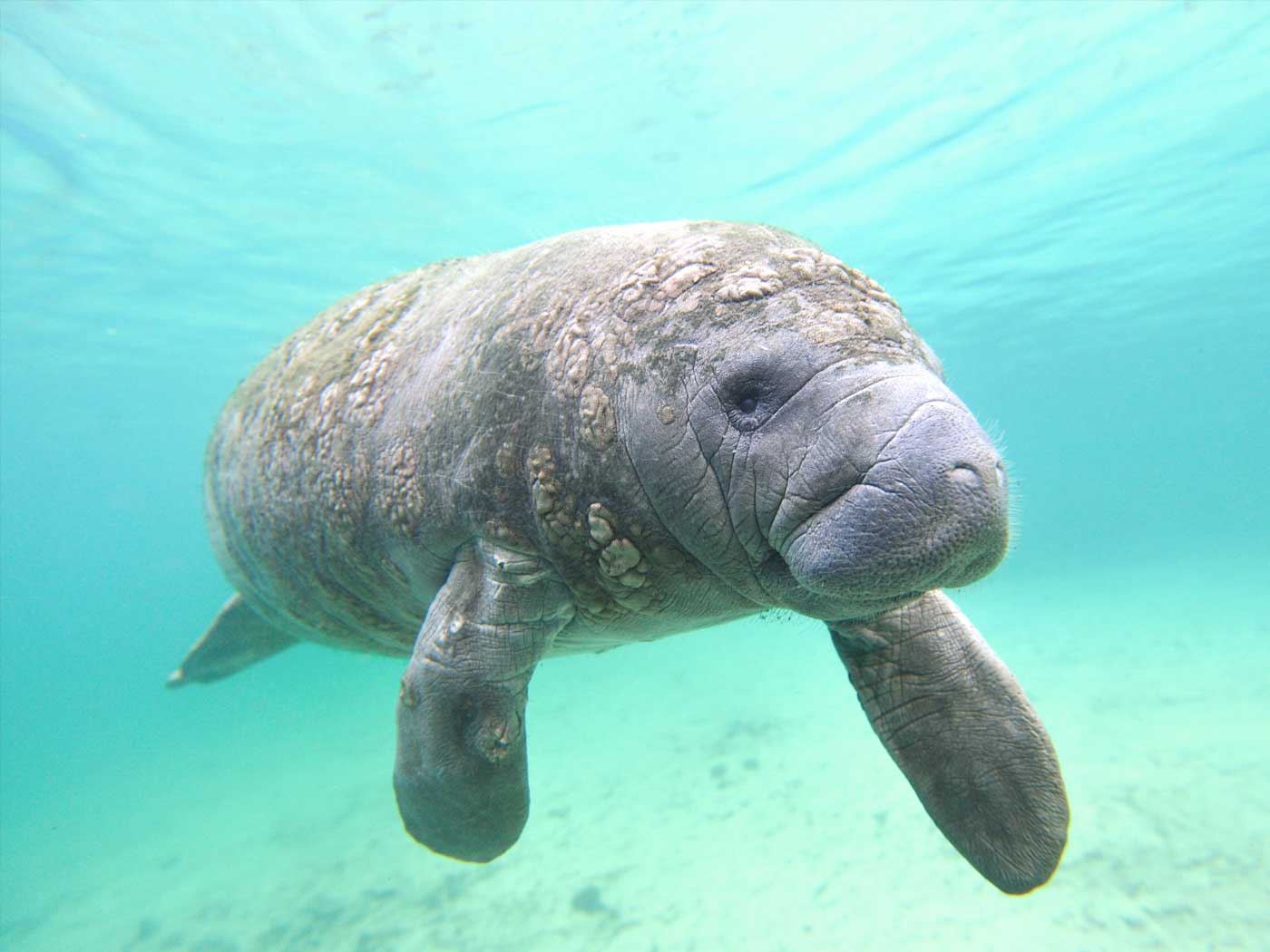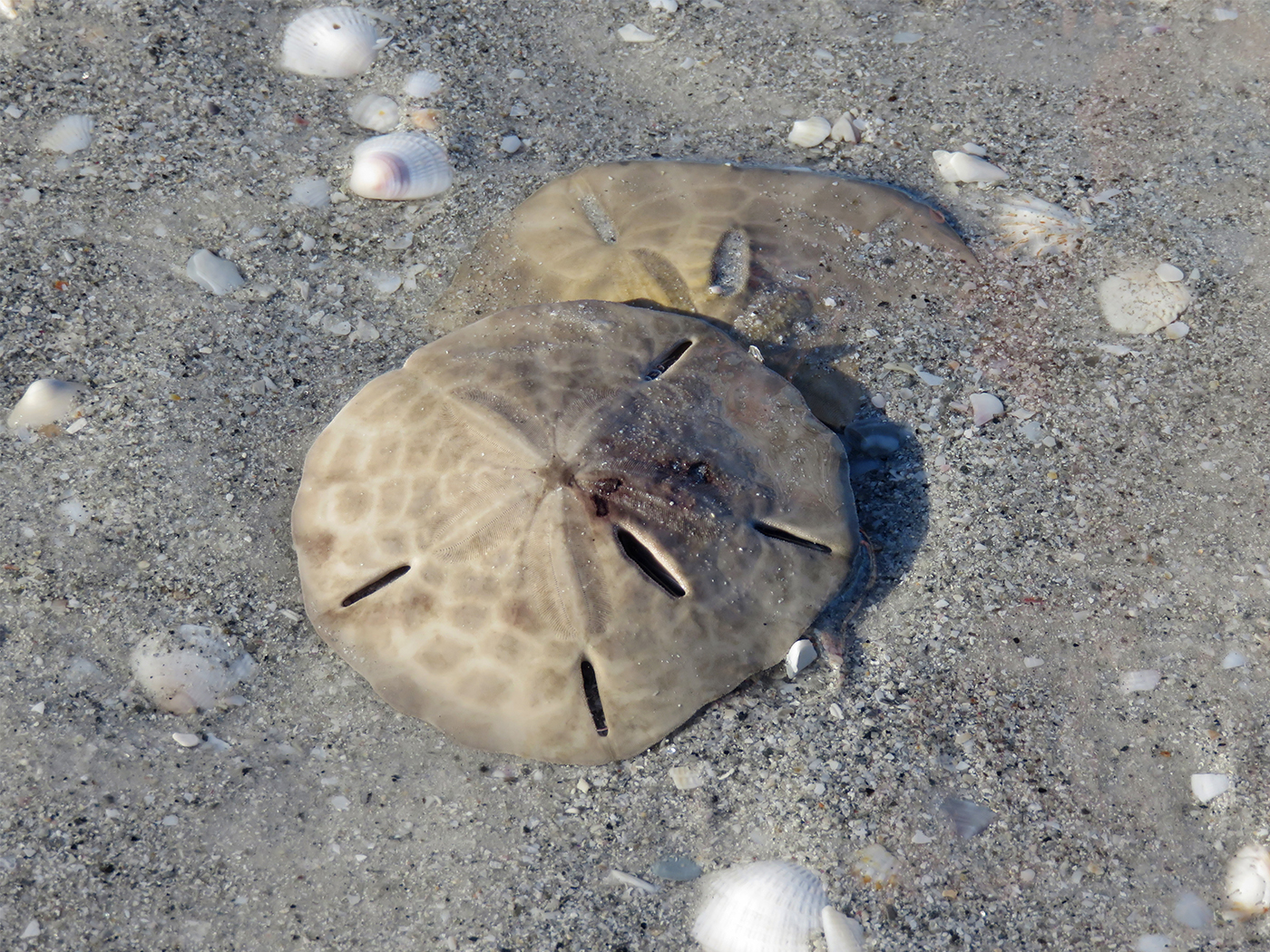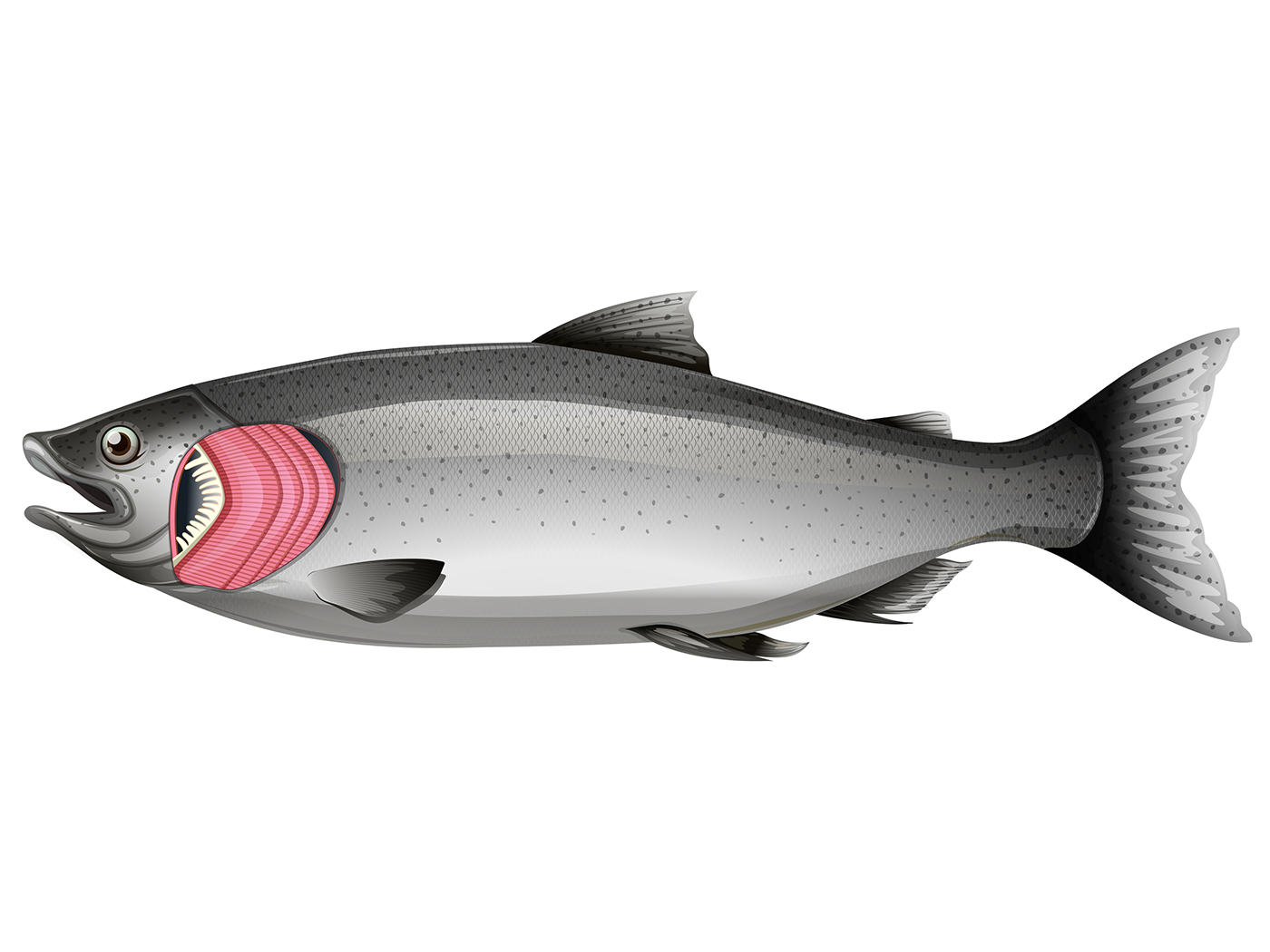A recent BBC report earlier this month is revising assumptions about “Mosquito Coast” jungle biodiversity. The report covered ecoscience research conducted in tropical rainforests of Nicaragua and Honduras. Apparently some jungle creatures assumed to be regionally extinct—or even completely extinct—still survive.1
Apparently, the extinction declarations were premature.
Findings in La Mosquitia [a/k/a “Mosquito Coast”, a jungle-dominated region at the eastern part of the Honduras-Nicaragua border, near the Caribbean Sea’s coastline] include 22 species of plants and animals that had never been recorded in Honduras before and three species of animals that were thought to have vanished from the country: the pale-faced bat, the false tree coral snake, and a tiger beetle that had only been seen in Nicaragua and was presumed to be extinct.1
How was this unusual discovery, which has recently encouraged biodiversity ecologists, accomplished?
Located in the eastern-most corner of Honduras and the northern tip of Nicaragua, the dense tropical forest of La Mosquitia is one of the largest rainforests in Central America and—until recently—one of the last scientifically explored places on Earth.1
In 2012, this region [the Caribbean-bordered “Mosquito Coast,” especially that part in Honduras] was thrust into the limelight when the ruins of large urban settlements believed to represent the fabled Ciudad Blanca, or White City, were discovered within it. One of the sites currently under investigation has recently been given the name Ciudad del Jaguar (City of the Jaguar). To complement the wealth of cultural knowledge being collected, this biodiversity expedition was launched in 2017 to conduct a rapid assessment of the biological diversity surrounding Ciudad del Jaguar within the Ciudad Blanca complex. Due to the remoteness of the study area, the team was transported to and from the site via helicopters.2
In 2012, this region [the Caribbean-bordered “Mosquito Coast,” especially that part in Honduras] was thrust into the limelight when the ruins of large urban settlements believed to represent the fabled Ciudad Blanca, or White City, were discovered within it. One of the sites currently under investigation has recently been given the name Ciudad del Jaguar (City of the Jaguar). To complement the wealth of cultural knowledge being collected, this biodiversity expedition was launched in 2017 to conduct a rapid assessment of the biological diversity surrounding Ciudad del Jaguar within the Ciudad Blanca complex. Due to the remoteness of the study area, the team was transported to and from the site via helicopters.2
This multi-disciplinary exploration began with archeologists using new technology to find the jungle-buried remains of an ancient Mesoamerican city. This was followed by a lot of scientific attention and investigatory research, including biological survey research by jungle-biome ecologists.
In 2013, archaeologists using LIDAR (light detection and ranging) mapping technology unearthed the remains of an ancient, “lost city” buried within its depths. Ever since, researchers have been studying this dense jungle, looking not only for more of the ancient Mesoamerican city’s remains, but also scouring its untouched terrain in search of wildlife. What they recently found was greater than they had anticipated: a rich ecosystem teeming with hundreds of species of fauna and flora – some of which had been previously believed to be extinct.1
So, what kind of jungle plants and animals were being found in this previously under-studied jungle region?
Jungle plants seen were identified as representing 183 species, including rare palm trees and the treasured cacao (cocoa) bean Theobroma cacao, as well as cacao del monte (“mountain cocoa”) Herrania purpurea.2
Jungle animals observed in this biological survey included:
Insects—Hundreds of species, including 246 varieties of butterflies and moths, large tarantula (never seen this far north before), longhorn beetle (never before seen in Honduras), and the Nicaraguan tiger beetle (previously thought to be completely extinct).
Birds—198 species, including the endangered Great Green Macaw, Tiny Hawk (not seen before in Honduras), Rufous-breasted Spinetail, Great Currasow, guans, and tinamous.
Small mammals—40 species, including 30 varieties of bats, with one variety, Pale-faced Bat (Phylloderma stenops) not seen in Honduras for 75+ years), as well as 10 varieties of rodents, including paca.
Large mammals—30 species, including two deer varieties, Baird’s tapir, two peccary varieties, as well as 5 varieties of wild felines: jaguar, puma, ocelot, margay, and jaguarondi. The last variety recently migrated northward, being photographed north of Mexico, apparently in Denton County, Texas.
Reptiles—35 species, including the False Tree Coral Snake.
Amphibians—22 species, including the Glass Frog.
Fish—13 species, including the resourceful Tilapia, as well as the algae-eating Plecostomas, popular as an aquarium fish.2
Research opportunities in this region are peril-ridden for reasons beyond vicious wildcats and snakes. Drug trafficking and FARC (a Latin American communist terrorist group) have historically deterred scientific research, such as biological surveys, in this part of the Honduras/Nicaragua’s Mosquito Coast.Birds—198 species, including the endangered Great Green Macaw, Tiny Hawk (not seen before in Honduras), Rufous-breasted Spinetail, Great Currasow, guans, and tinamous.
Small mammals—40 species, including 30 varieties of bats, with one variety, Pale-faced Bat (Phylloderma stenops) not seen in Honduras for 75+ years), as well as 10 varieties of rodents, including paca.
Large mammals—30 species, including two deer varieties, Baird’s tapir, two peccary varieties, as well as 5 varieties of wild felines: jaguar, puma, ocelot, margay, and jaguarondi. The last variety recently migrated northward, being photographed north of Mexico, apparently in Denton County, Texas.
Reptiles—35 species, including the False Tree Coral Snake.
Amphibians—22 species, including the Glass Frog.
Fish—13 species, including the resourceful Tilapia, as well as the algae-eating Plecostomas, popular as an aquarium fish.2
The 865,000-acre forest is mostly covered by dense 25- to-35m-tall trees, with some even reaching 50m, and as such, it isn’t easily accessible. Researchers had to be flown in by helicopters and be protected by armed soldiers; the foliage is so thick they had to hack their way through with machetes. … [due also to] drug trafficking in the region.1
Of course, Nicaragua’s Sandinistas have likewise presented similar obstacles to education-oriented activities in similar jungle areas.3
In some of the most dangerous places on Earth there are some of the most beautiful animals. These include the turquoise-browed motmot that, for years, has dwelt conspicuously near the cenote (limestone-dominated sinkhole-well) area of Chichen Itza in Mexico’s Yucatan Peninsula.1,4
Even in places where the fallenness of mankind is evident—and sometimes dominant—the “good-yet-groaning” beauty of God’s artistic creation is still there to admire and appreciate, for those with eyes to see.4,5
References
1. Pustinger, E. 2020. An Ancient ‘Lost City’ Teeming with Life. BBC News. Posted on bbc.com June 5, 2020, accessed June 8, 2020.
2. Staff writer. Biological Treasures of the ‘Lost City of the Monkey-god’ in Honduras: Results from a Rapid Biological Assessment of Ciudad Blanca, La Mosquitia, Honduras. Conservation International. Posted on conservation.org, accessed June 7, 2020.
3. Nicaraguan Sandinistas were a similar danger near the Coast Rican border (near Rio Colorado), 30 years ago, when this writer spent more than a week in the jungle observing more snakes, merciless mosquitos, and colorful spiders than was included within that Christian mission trip-project’s original plan.
4. Personal observation of Turquoise-browed Motmot in tree, near entrance of cenote area at Chichen Itza, summer of 1998, while serving as onboard lecturer (history, geography, and ecology) for NCL’s cruise ship Norwegian Star—thanks to creation biologist Dr. Jan Mercer telling me where to look. Motmots, Yucatan jays, orioles, and many other birds were then easily observable, there, but no magical asteroids were encountered. See Sherwin, F. 2020. Asteroid or Adam? Creation Science Update. Posted on ICR.org April 20, 2020, accessed June 8, 2020.
5. If today’s beauty on earth—exemplified in Yucatan jays and turquoise-browed Motmots, as well as Caymanian orchids, parrots, dragonflies, and butterflies—is only good-yet-groaning (see Romans 8:20-22), then try to imagine the natural beauty when Christ remakes the earth to a “very good” condition! See Johnson, J. J. S. 2012. The Creator’s Glory Reflected Everywhere: True Treasure in the Cayman Islands. Acts & Facts. 41(4): 8-10
*Dr. Johnson is Associate Professor of Apologetics and Chief Academic Officer at the Institute for Creation Research.




